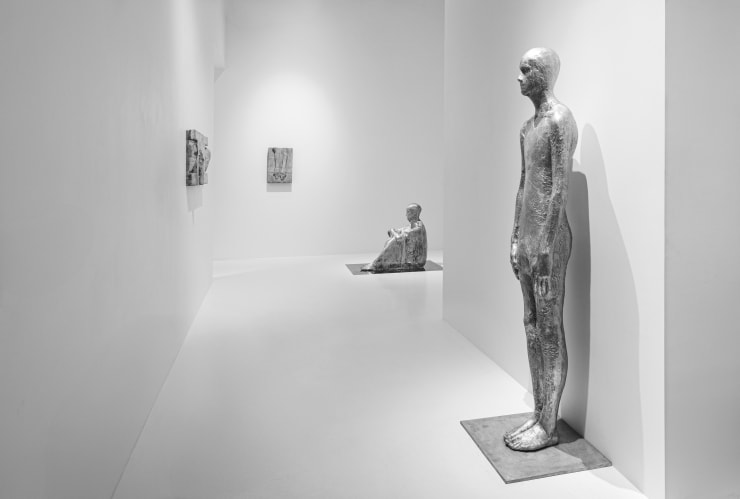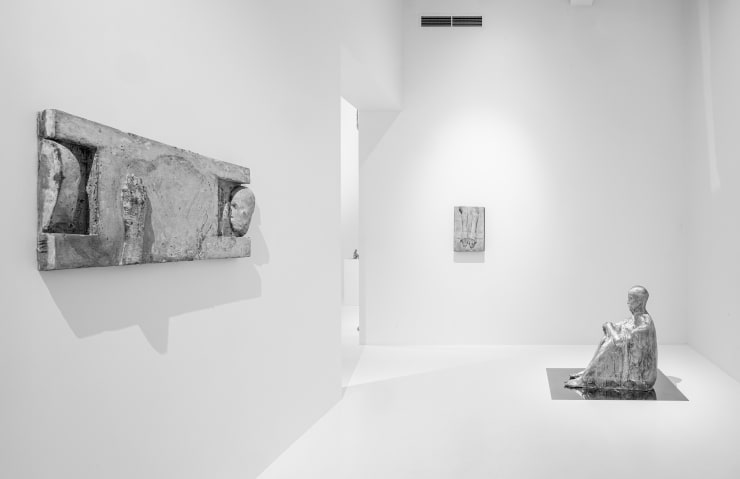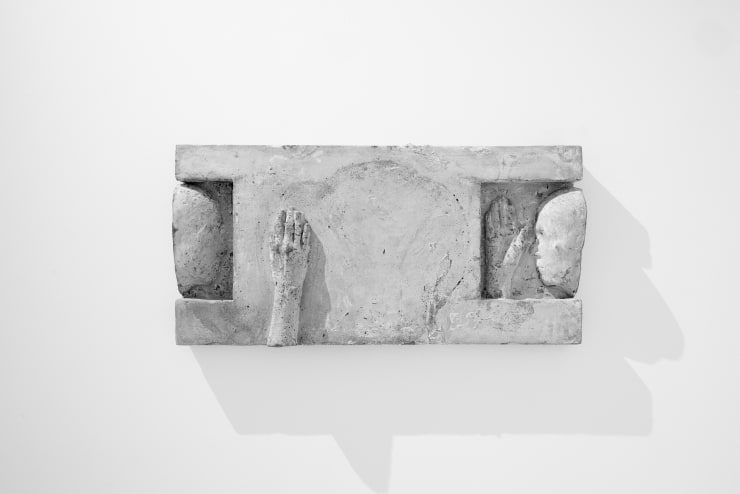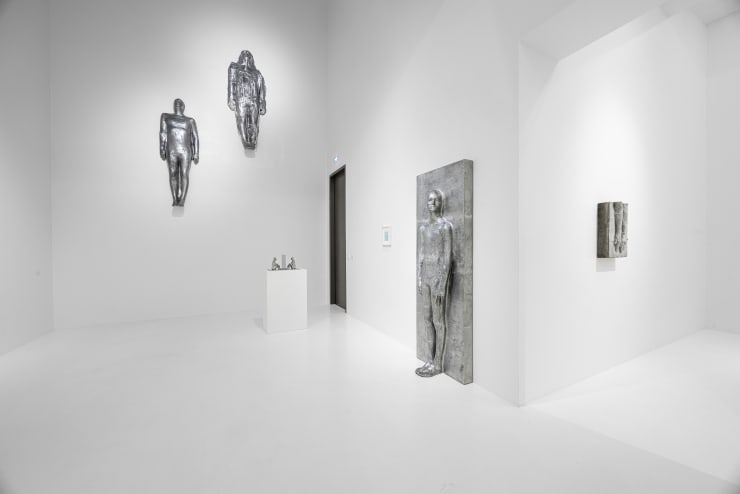Steinunn Þórarinsdóttir: HUMAN / MAÐUR · Þula
Past exhibition
Overview
HUMAN / MAÐUR at Þula marks a milestone. It is Steinunn Thórarinsdóttir’s first solo exhibition in Iceland in almost a decade, coinciding with her 70th birthday and the publication of a new book surveying her life’s work under the same title, by KIND Publishing. The exhibition gathers sculptures that reflect her lifelong exploration of the human figure as a vessel of meaning, and as a mirror for each of us. Presenting companions encountered in the everyday, inviting us to stop, to reflect, and to recognize ourselves and one another in their quiet, enduring presence. They remind us that art is not apart from life but an integral and essential part of it.
When Steinunn Thórarinsdóttir returned to Iceland at the end of the 1970s, she felt like something of an outsider. She had studied abroad, first in England and later in Italy, and her practice was rooted in figurative sculpture at a time when much of the Icelandic art scene was turning toward conceptual and experimental forms. Her first solo exhibition at the artist-run Gallery Suðurgata 7 in Reykjavík introduced her both to the art community and to an audience that quickly recognized the distinct voice in her work. From the very beginning, the human figure was her subject - anonymous, existential, and universal.
For over forty-five years, Thórarinsdóttir has pursued this idea with remarkable focus. Her life-sized sculptures, cast from the human body and transformed through material and surface, elicit both recognition and estrangement. At first glance, they may appear uncannily human, inhabiting space as if casually resting, waiting, or in conversation. On closer inspection, their facelessness, androgynous features, and stillness reveal them as something else: presences that reflect back our own humanity while remaining resolutely other.
Thórarinsdóttir’s figures are rarely portraits of specific people. They are vessels, companions, mirrors. Placed in dialogue with one another, the space between them becomes part of the work - a charged field of connection, distance, and possibility. Installed in public space, they often spark interaction: a passerby sits beside them, touches their surfaces, or pauses to reflect. “The imperfect makes us human,” the artist notes, and her figures carry this truth in their rough textures and worn edges, surfaces that evoke both the volcanic landscapes of Iceland and the passage of time. Thórarinsdóttir’s practice is deeply rooted in craftsmanship and tradition, yet in a direct dialogue with our current time. She puts great weight on selection of material in her works, iron, aluminum, glass and stone which carries different emotions, heat and texture. The works take aim of their placement, whether it be in a cityscape or nature.
Over the decades, she has realized major international projects that embody these ideas. Horizons (2005–2007), a travelling installation of twelve figures, appeared in ten venues across the United States before entering a Canadian collection. Borders (2009-2011), first shown at Dag Hammarskjöld Plaza by the United Nations in New York City, has since travelled widely in the US, praised for its “elegant humanity.” Armors (2016-2018), staged in New York City in collaboration with the Metropolitan Museum of Art’s Arms and Armor Department, transformed medieval armor into reflections on vulnerability and protection. The exhibition later traveled to Copenhagen and Reykjavík.
Installation Views




















